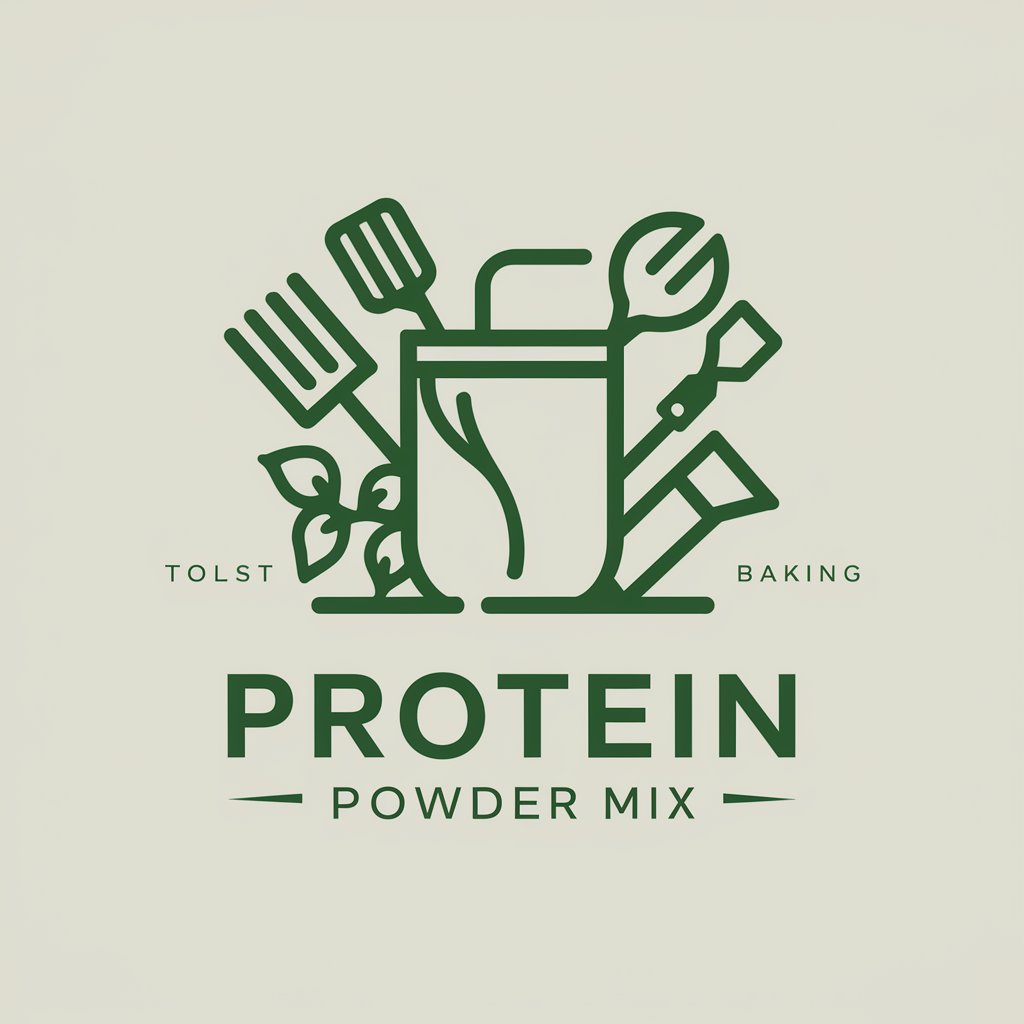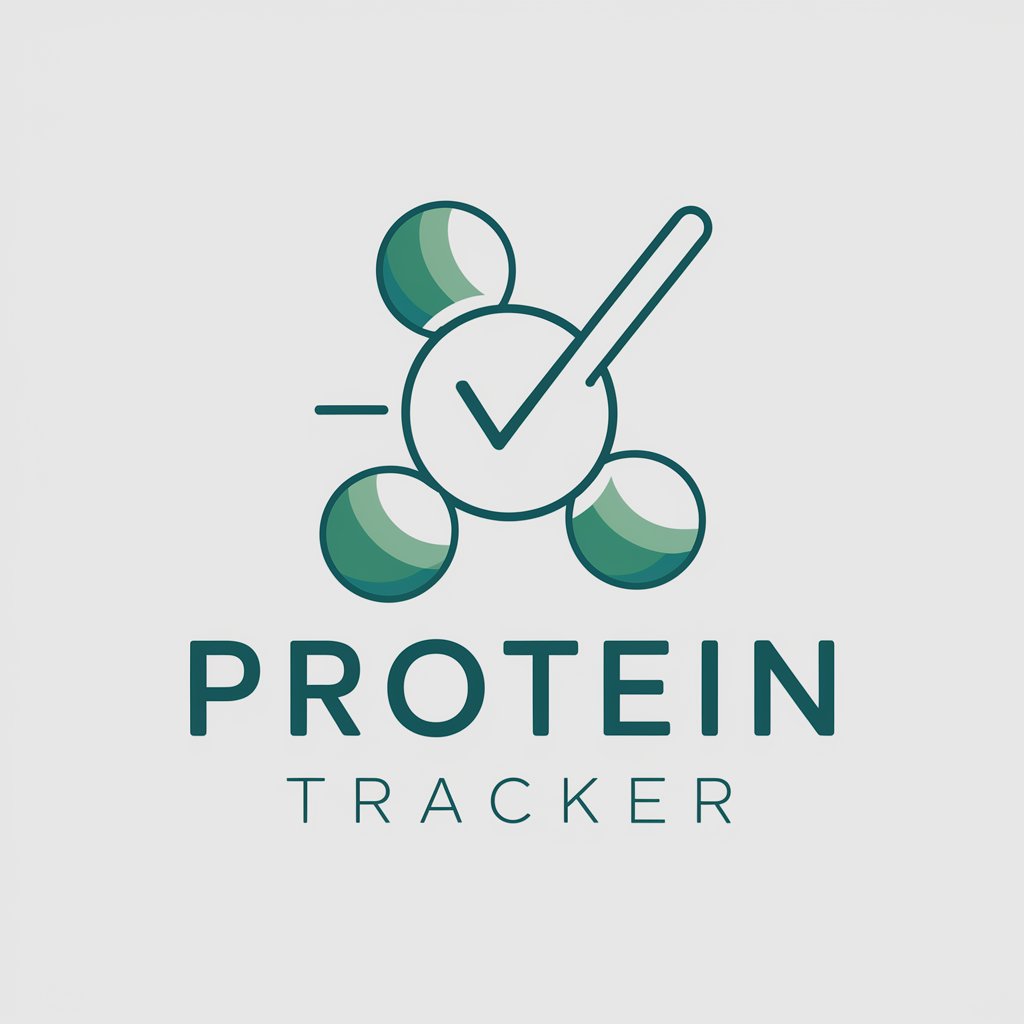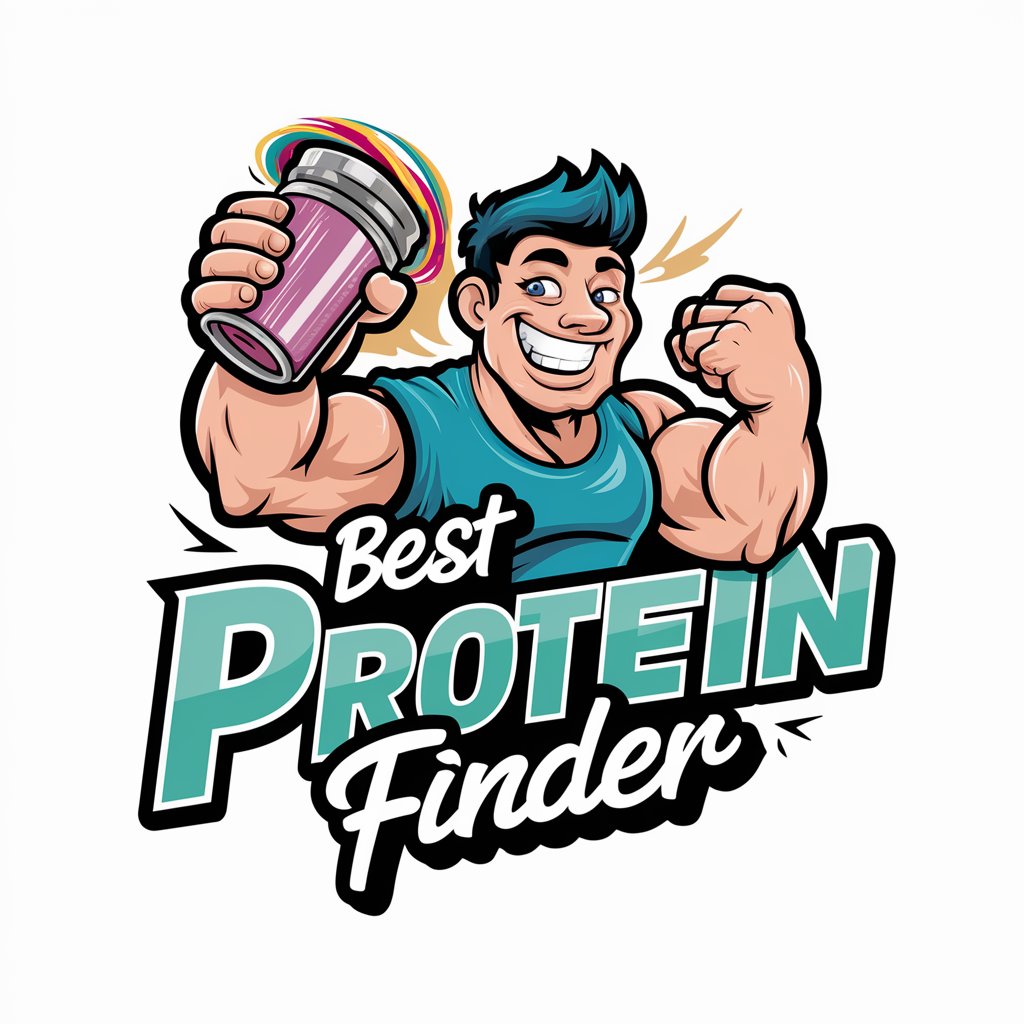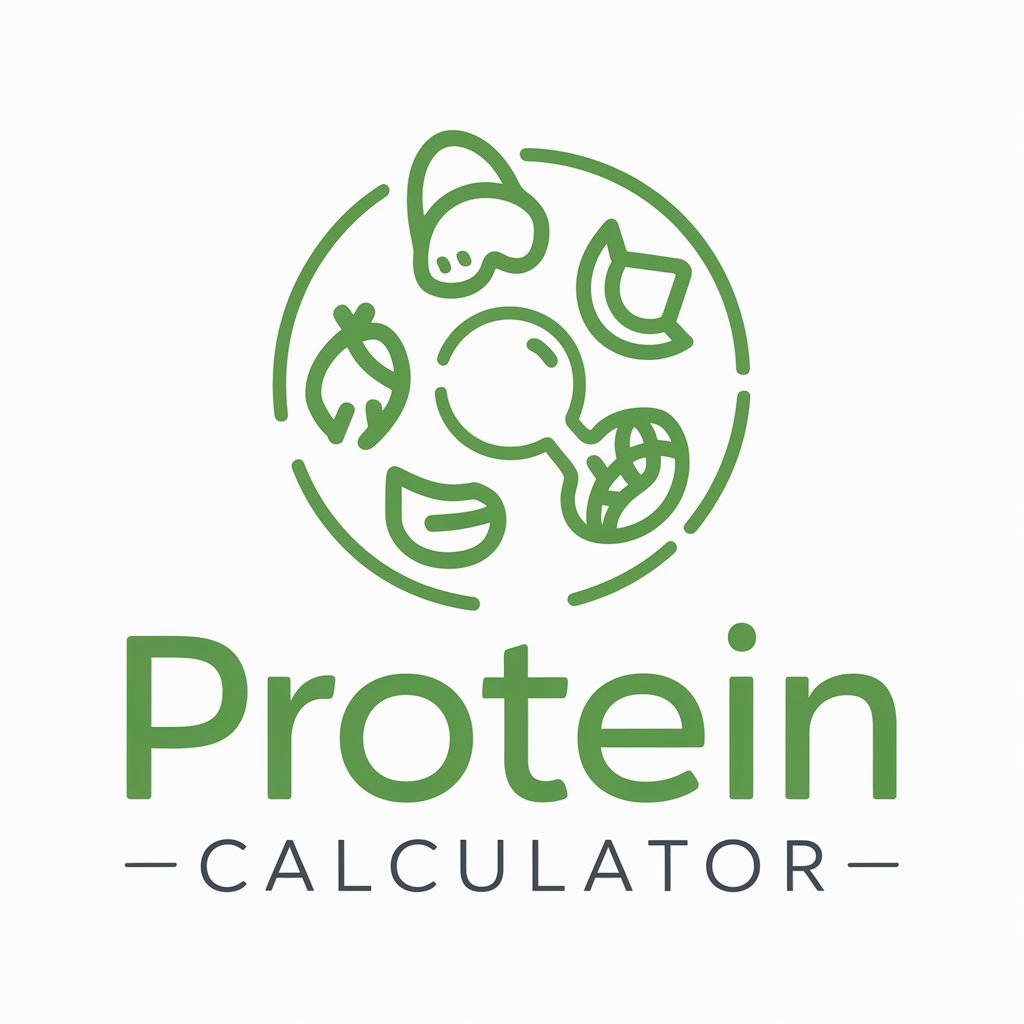
Protein Powder - Nutritional Supplement Guide

Welcome! Let's explore the world of protein powders together.
Elevate your diet with AI-powered protein insights
What are the benefits of using whey protein powder in baking?
How can I incorporate plant-based protein powders into my diet?
What are some delicious recipes for protein-packed smoothies?
Can you suggest high-protein snacks using protein powder?
Get Embed Code
Introduction to Protein Powder
Protein Powder, as designed, functions primarily to offer comprehensive insights and advice regarding the integration of protein powders into one's diet. This encompasses understanding the various types of protein powders available in the market, such as whey, casein, soy, pea, and hemp, each catering to different dietary needs and preferences. The purpose behind this specialized GPT is to assist users in making informed choices about incorporating protein powders into their diets, whether for fitness, nutritional supplementation, or culinary versatility. For example, a fitness enthusiast might seek advice on the best protein powder for muscle recovery, while a vegan might look for plant-based options that fit their dietary restrictions. Additionally, this GPT aims to inspire creativity in using protein powders beyond shakes, highlighting their utility in cooking and baking through recipes and tips. Powered by ChatGPT-4o。

Main Functions of Protein Powder
Nutritional Guidance
Example
Providing detailed comparisons between whey and pea protein powders in terms of amino acid profiles, digestibility, and suitability for different dietary needs.
Scenario
A user debating whether to incorporate whey or pea protein into their diet for post-workout recovery, given a lactose intolerance condition.
Recipe Integration
Example
Sharing protein-enriched recipes for meals and snacks, such as protein pancakes or smoothies, and offering tips for baking with protein powder to maintain texture and flavor.
Scenario
A home cook looking to increase the protein content in meals without sacrificing taste, seeking recipes for protein-enriched family breakfasts or snacks.
Dietary Planning
Example
Assisting users in planning their dietary intake by integrating protein powders into their meals and snacks, considering their overall nutritional goals and restrictions.
Scenario
An individual aiming to lose weight while maintaining muscle mass, looking for guidance on how to effectively incorporate protein powder into a calorie-controlled diet.
Ideal Users of Protein Powder Services
Fitness Enthusiasts
Individuals focused on muscle building, recovery, and overall performance enhancement. They benefit from personalized recommendations on protein types and timing for intake around workouts.
Health-Conscious Individuals
People aiming to improve their overall dietary habits by incorporating more protein into their diet, especially those interested in plant-based or allergen-free options.
Culinary Creatives
Home cooks and bakers looking to innovate in the kitchen by adding nutritional value to traditional recipes without compromising on taste or texture.

How to Use Protein Powder
1
Initiate your journey by exploring yeschat.ai for a complimentary trial that requires no signup or subscription to ChatGPT Plus.
2
Select a protein powder that aligns with your dietary preferences (whey, casein, soy, pea, or hemp) and nutritional goals.
3
Incorporate the protein powder into your diet by adding it to smoothies, baking recipes, or your morning oatmeal for an easy protein boost.
4
Adjust the amount of protein powder based on your individual protein needs, which can vary depending on your activity level and health goals.
5
Experiment with different flavors and brands to find your favorite, and consider combining with other supplements like creatine or BCAAs for enhanced results.
Try other advanced and practical GPTs
CNC
Precision Manufacturing with AI

美股通
Empowering Investment Decisions with AI

Orthodontics
Empowering smiles with AI-driven orthodontics

Automatic Rifles
Unlocking Knowledge on Automatic Rifles

资产报废检测鉴定大师[济南敬诚检测鉴定有限公司制作]
AI-Powered Asset Scrapping Insights
![资产报废检测鉴定大师[济南敬诚检测鉴定有限公司制作]](https://r2.erweima.ai/i/7b1F6q3HQJWUk9R_L0twoQ.png)
Ask Me Anything 🧙♂️
Empowering decisions with AI expertise

Creador de Cuentos para Niños
Bringing stories to life with AI

HLA B27
Empower your health journey with AI

Ohio
Explore Ohio with AI-powered insights

网译通
Bridging Languages with AI Precision

Plan de acción - PDP
AI-Powered SEO Strategy Assistant

Viral Script for shorts
Crafting viral shorts with AI magic

Frequently Asked Questions about Protein Powder
What types of protein powder are available?
Protein powders come in various forms, including whey, casein, soy, pea, and hemp. Each has unique benefits, with whey being popular for muscle recovery and pea being a great plant-based option.
Can protein powder replace meals?
While protein powder can supplement your protein intake, it shouldn't replace whole food sources entirely. It's best used to enhance a balanced diet.
How much protein powder should I use?
The amount varies depending on your dietary needs. A general guideline is one scoop (about 20-30 grams of protein) per serving, but adjust according to your personal health goals.
Is protein powder suitable for vegetarians or vegans?
Yes, there are plant-based protein powders such as pea, hemp, and soy that are suitable for vegetarians and vegans.
Can I use protein powder in cooking?
Absolutely! Protein powder can be a versatile ingredient in baking, cooking, and making smoothies. It's a creative way to boost protein content in pancakes, muffins, and other recipes.





